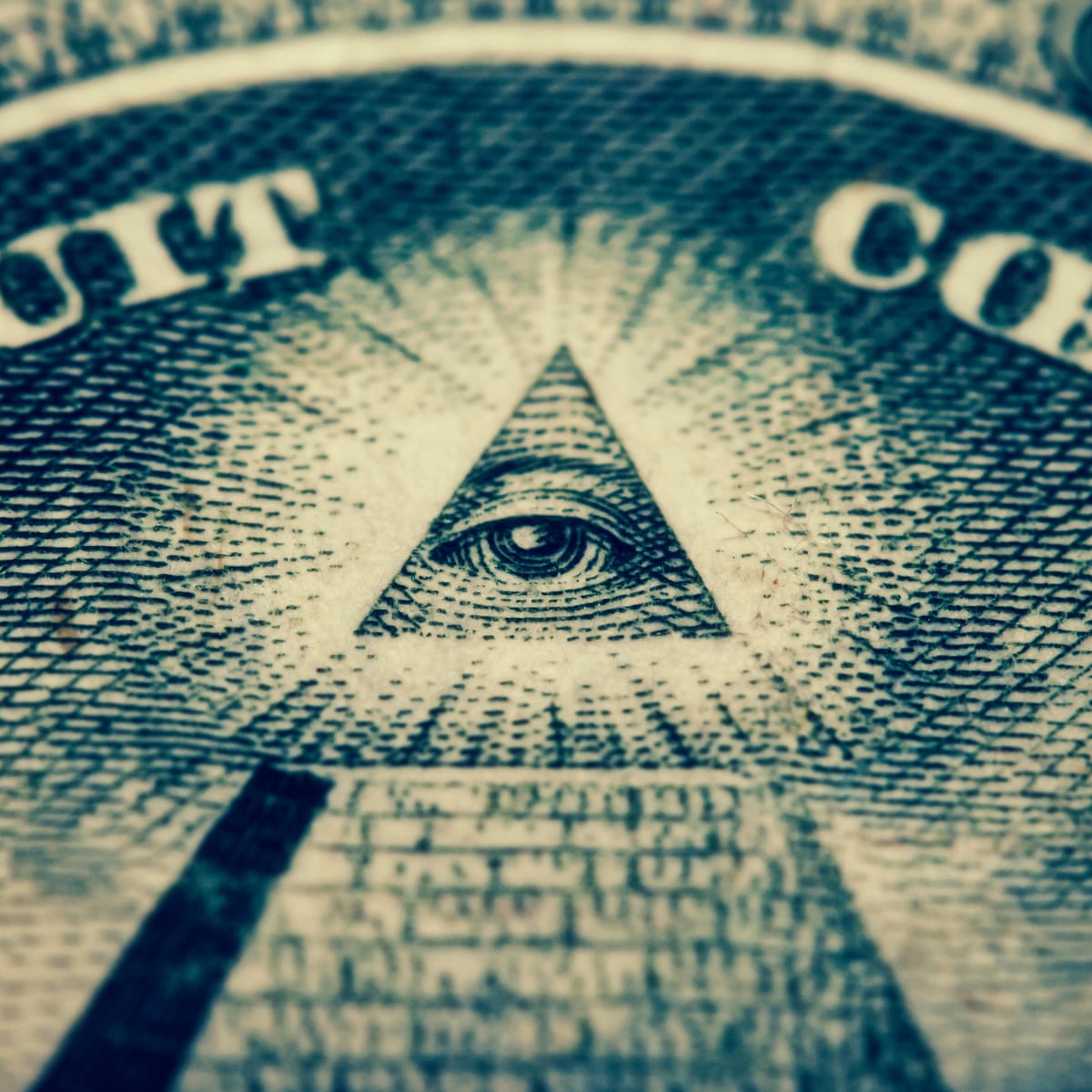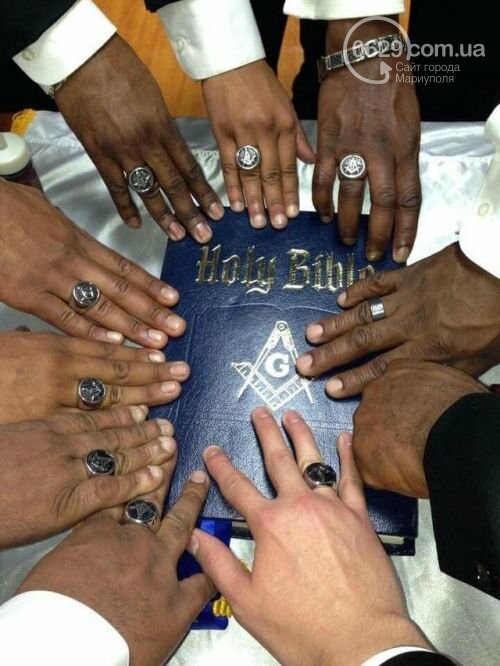Get Started with Step-by-Step Instructions on How to Join a Masonic Lodge
Get Started with Step-by-Step Instructions on How to Join a Masonic Lodge
Blog Article
Discover the Tricks Behind the copyright and Their Impact on Society
The copyright, frequently shrouded in misconception and conjecture, offers an interesting study of just how historic perfects can morph right into modern-day conspiracy concepts. Established in the middle of the Enlightenment's welcome of factor, this secret society intended to test the status quo, yet it has given that become associated with concepts of concealed power and adjustment. As we explore its origins, influence on cutting edge idea, and representation in contemporary culture, we begin to uncover the layers of intrigue that continue to captivate society. What stays unsure, nonetheless, is just how these assumptions form our understanding of authority and openness today.
Beginnings of the copyright
The copyright, commonly shrouded in mystery and conjecture, traces its origins back to the late 18th century. Established in 1776 in Ingolstadt, Bavaria, the group was founded by Adam Weishaupt, a professor of canon law. Weishaupt aimed to promote Knowledge worths, including reason, secularism, and the splitting up of church and state. Recognized as the Bavarian copyright, the organization's primary purpose was to counter the prevailing influence of religious conviction and promote intellectual discussion amongst its members.
The copyright embraced an ordered structure, attracting inspiration from Freemasonry, which permitted deceptive conferences and rituals - how to become a freemason. Subscription was selective, incorporating prominent numbers from different areas, including national politics, approach, and scientific research. This elite network sought to impact social and political change via clandestine ways, advocating for the rights of people and the improvement of society
Regardless of its relatively brief presence, the Bavarian copyright was officially dissolved in 1785 as a result of government reductions. However, its tradition sustained, giving surge to numerous conspiracy theory concepts and popular culture referrals that continue to provoke intrigue and discussion regarding its effect on modern society.
Secret Misconceptions and Misunderstandings
In the middle of the attraction of secrecy surrounding the copyright, various myths and misunderstandings have actually emerged, frequently misshaping the team's real nature and intentions. One widespread misconception recommends that the copyright controls the world's federal governments and economic situations. While it holds true that the group intended to affect social frameworks, the concept that it runs as a natural worldwide puppet master is mostly overstated.
One more typical mistaken belief is that all participants of the copyright have huge riches and power. In truth, the original copyright made up intellectuals and Enlightenment thinkers, several of whom looked for reform rather than dominance. The idea that the copyright exclusively hires celebrities and political numbers is misguiding; membership has actually historically consisted of a diverse selection of individuals.
Furthermore, conspiracy theory theories typically repaint the copyright as a malevolent organization intent on global supremacy via dubious ways. Hence, dividing fact from fiction is vital for a more clear understanding of the copyright's function in society.
Historic Impact on Culture
Throughout background, various intellectual motions have actually greatly affected social structures, and the copyright played a considerable duty throughout the Knowledge. Established in 1776 this post in Bavaria, the copyright aimed to promote reason, secularism, and the doubting of developed authority, responding to the supremacy of religious conviction. This look here company brought in significant thinkers and advocates of liberty, cultivating an environment for the dissemination of Enlightenment ideals.
The copyright's values championed rational thought and empirical evidence, which contributed to the broader intellectual landscape that encouraged social reform and political change. Members sought to improve culture by promoting for education and learning, civil liberty, and the splitting up of church and state. Their clandestine nature and ambitious agenda sparked both intrigue and suspicion, leading to their eventual suppression by the Bavarian government in 1785.
Despite their dissolution, the legacy of the copyright persisted, affecting revolutionary activities throughout Europe and the Americas. Their dedication to enlightenment principles helped lay the groundwork for modern-day autonomous suitables and human legal rights, leaving a long lasting imprint on the foundations of modern culture. how to become a freemason. The attraction of their deceptive gatherings and thoughtful searches proceeds to captivate the creative imagination, emphasizing their historic value
Modern Interpretations and Beliefs
Contemporary analyses of the copyright commonly blend historic truth with conspiracy concepts, producing a complex tapestry of beliefs that capture preferred creativity. While the original copyright was a Bavarian secret culture established in 1776 with Knowledge suitables, modern ideas have actually progressed to encompass a vast variety of interpretations, usually concentrating on motifs of control and secrecy.

In addition, some contemporary interpretations posit that the copyright serves as a metaphor for the battle between enlightenment and lack of knowledge, with advocates advertising understanding and critical thinking as a way to combat perceived fascism. This duality-- seeing the copyright as both an actual and symbolic entity-- shows the recurring fascination with the principle, mirroring much deeper social stress and anxieties concerning power, transparency, and specific autonomy in the modern world.
The copyright in Popular Society
The copyright has actually infiltrated numerous facets of pop culture, materializing in literary works, film, songs, and art as a symbol of intrigue and secret. This secret society, often represented as a shadowy pressure controling international occasions, has inspired many narratives that explore themes of power, conspiracy, and surprise knowledge.

Music, also, has actually been affected by the concept of the copyright. Artists like Jay-Z and Beyoncé have actually faced speculation regarding their associations with the society, motivating discussions concerning significance in their job and the nature of fame.
Aesthetic art usually integrates copyright motifs, with artists making use of signs like the Eye of Divine superintendence and the pyramid to evoke a feeling of enigma. Through these numerous tools, the copyright serves not just as a subject of conjecture yet also as a lens whereby culture examines its own intricacies and concerns.
Conclusion

Report this page